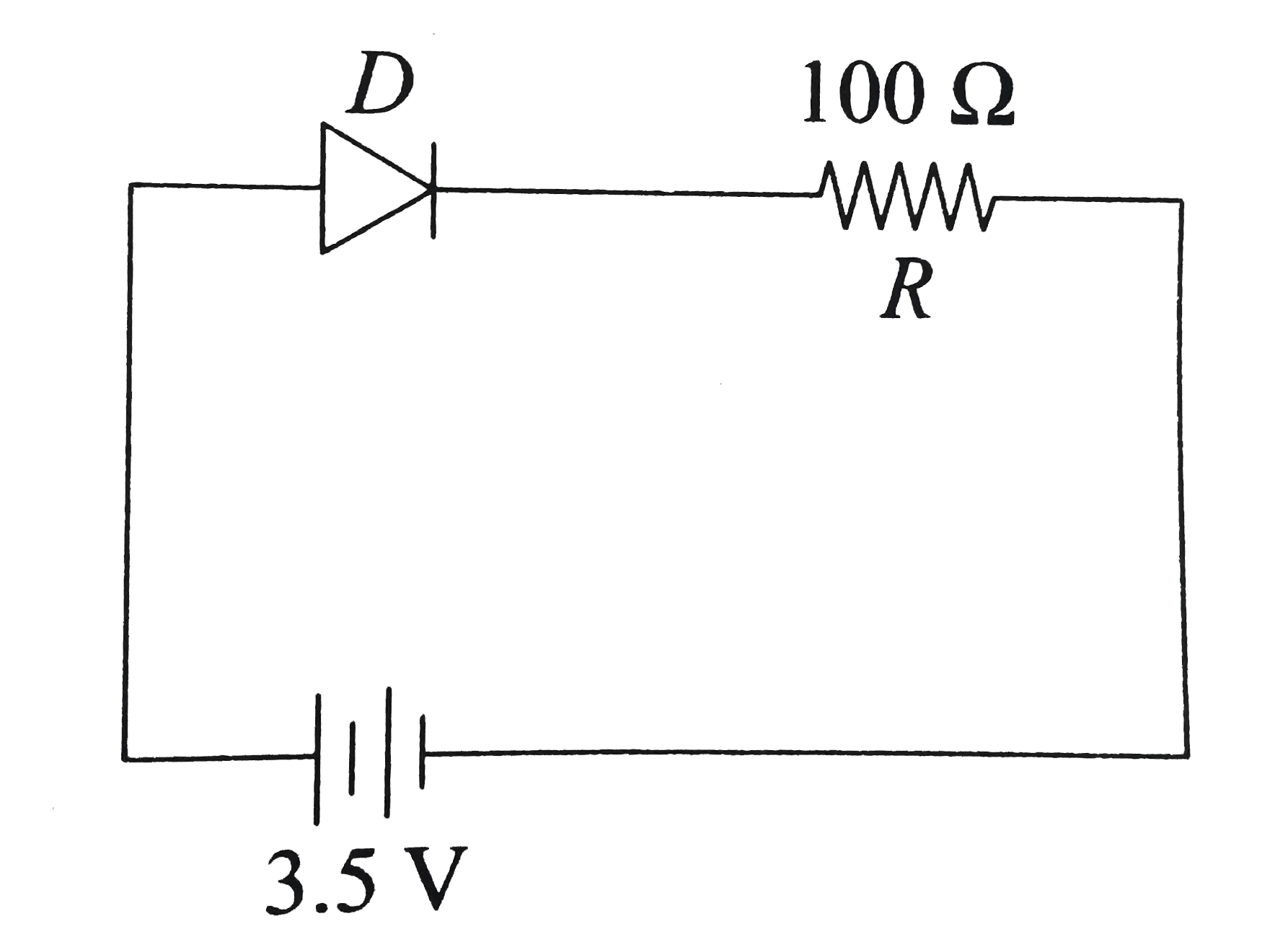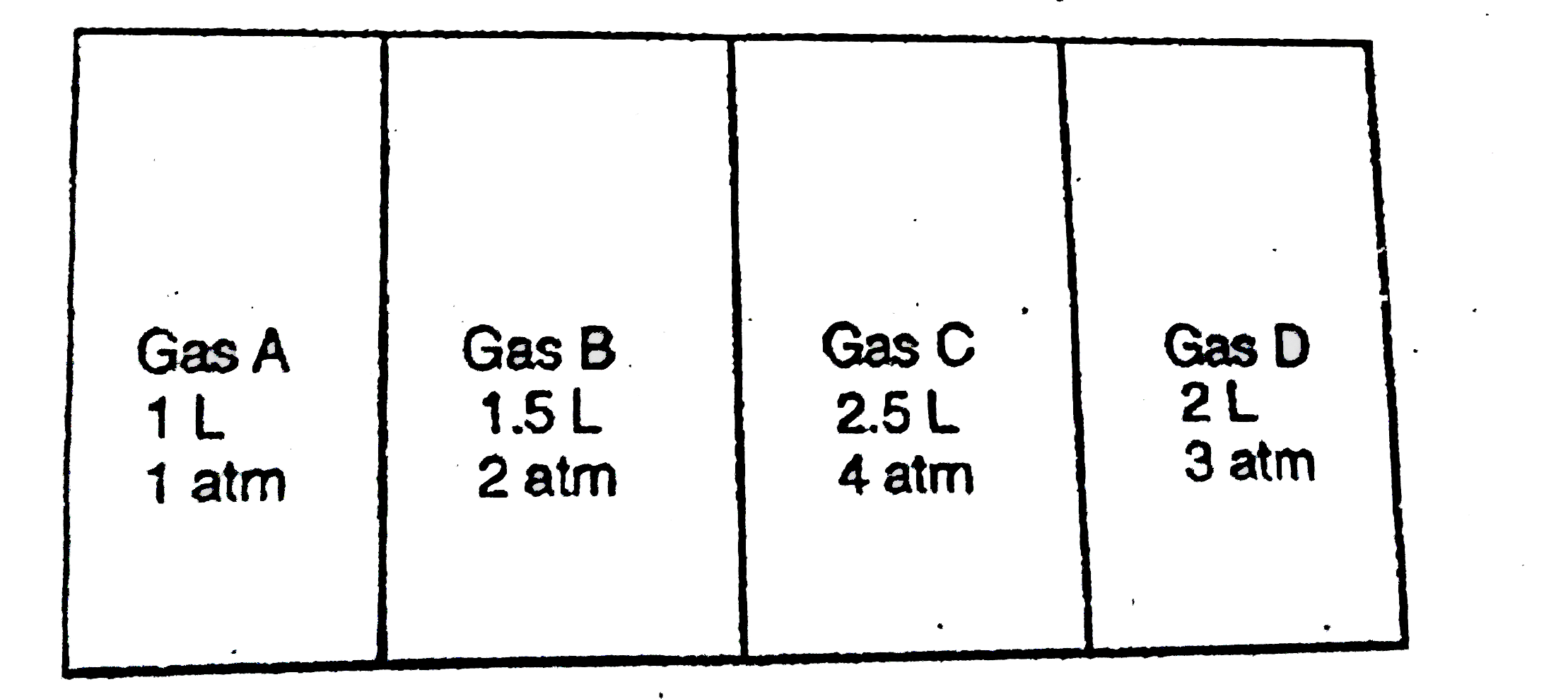A barrier reef develops
Near sea shore
Deep in sea
At some distance from sea shore
Around a lagoon.
The correct Answer is:C
Step-by-Step Solution:
1. Understanding Barrier Reefs:
- Barrier reefs are a type of coral reef that is typically found at some distance from the shore. They are composed of coral organisms, primarily belonging to the class Anthozoa within the phylum Cnidaria.
2. Identifying the Location of Barrier Reefs:
- Barrier reefs are not located near the shore (this would be a coastal reef) nor are they found deep in the sea. They require a specific environment to thrive, which includes sunlight for the photosynthetic dinoflagellates that live in symbiosis with the corals.
3. Analyzing the Options:
- Option A: "They are developed as near seashore" - Incorrect, as barrier reefs are not coastal reefs.
- Option B: "Deep in sea" - Incorrect, as corals need light for photosynthesis and cannot thrive in deep waters.
- Option C: "At some distance from seashore" - Correct, as barrier reefs are indeed found at a distance from the shore, separated by a lagoon or water body.
- Option D: "Around the lagoon" - Incorrect, as this describes atolls, which are different from barrier reefs.
4. Conclusion:
- The correct answer is that barrier reefs develop at some distance from the seashore.
- Barrier reefs are a type of coral reef that is typically found at some distance from the shore. They are composed of coral organisms, primarily belonging to the class Anthozoa within the phylum Cnidaria.
- Barrier reefs are not located near the shore (this would be a coastal reef) nor are they found deep in the sea. They require a specific environment to thrive, which includes sunlight for the photosynthetic dinoflagellates that live in symbiosis with the corals.
- Option A: "They are developed as near seashore" - Incorrect, as barrier reefs are not coastal reefs.
- Option B: "Deep in sea" - Incorrect, as corals need light for photosynthesis and cannot thrive in deep waters.
- Option C: "At some distance from seashore" - Correct, as barrier reefs are indeed found at a distance from the shore, separated by a lagoon or water body.
- Option D: "Around the lagoon" - Incorrect, as this describes atolls, which are different from barrier reefs.
- The correct answer is that barrier reefs develop at some distance from the seashore.
Topper's Solved these Questions
- BOOK - DINESH PUBLICATION ENGLISHCHAPTER - COELENTERATA AND CTENOPHORA (OR CNIDARIA AND ACNIDARIA)EXERCISE - RQ128videos
COELENTERATA AND CTENOPHORA (OR CNIDARIA AND ACNIDARIA)
- BOOK - DINESH PUBLICATION ENGLISHCHAPTER - COELENTERATA AND CTENOPHORA (OR CNIDARIA AND ACNIDARIA)EXERCISE - CYG10videos
COELENTERATA AND CTENOPHORA (OR CNIDARIA AND ACNIDARIA)
- BOOK - DINESH PUBLICATION ENGLISHCHAPTER - CHROMOSOMAL BASIS OF INHERITANCEEXERCISE - Check Your Grasp57videos
CHROMOSOMAL BASIS OF INHERITANCE
- BOOK - DINESH PUBLICATION ENGLISHCHAPTER - DIGESTION AND ABSORPTIONEXERCISE - CYG10videos
DIGESTION AND ABSORPTION
Similar Questions
The great barrier reef along the east coast of Australia can be categorized as
View SolutionCoral island with a central lake is
(a) Atoll
(b) Fringing reef
(c) Barrier reef
(d) All the above.View SolutionIn the given figure, a diode D is connected to an external resistance R=100Ω and an emf of 3.5V. If the barrier potential developed across the diode is 0.5V, the current in the circuit will be :
 View Solution
View SolutionFigure Shows a diode connected to an external resistance and an e.m.f. Assuming that the barrier potential developed in diode is 0.5V, obtain the value of current in the circuit in milliampere.
 View Solution
View SolutionConsider the following figure at 500 K.Assuming ideal gas behaviour, calculate the total pressure if the barriers are removed from the compartment.Assume that the volume of barriers is negligible.
 View Solution
View SolutionIn simplest type of placenta, Six barriers separate maternal blood from foetal blood. How many barriers are lost in human placenta?
View SolutionGreat Barrier Reef occurs off the coast of
View SolutionCellular barriers between alveolar air and capillary blood are -
View SolutionWhen the pollen grains are not transferred from anthers to the stigma in a flower due to the barrier or fence it is referred as (or when some natural barrier exists between androecium and gynoecium to check self-pollination, it is known as)
View SolutionGlial cells forming blood brain barrier are formed of
View Solution

